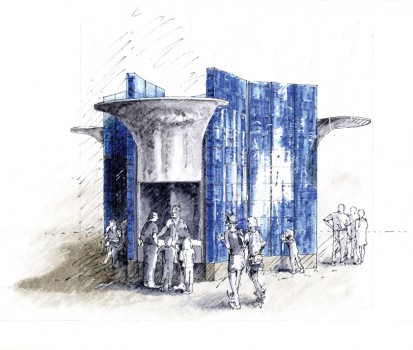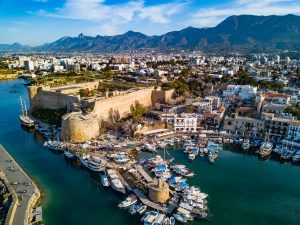Ottoman fountains for the streets of London
OTTOMAN-style water fountains could feature on the streets of London if the vision of a new exhibition comes true.
The Kiosk exhibition, organised by architecture magazine Architects’ Journal and promotion group Turkishceramics, will feature Ottoman inspired fountain designs in the hope of persuading Boris Johnson to meet his election pledge of reducing bottled water usage in London.
The definition of the kiosk, originating in Turkey during the Ottoman era as a garden pavilion, has transformed over time. During the late 17th century, charitable fountain kiosks in Turkey were paid for by the Sultan to distribute free, clean water to citizens.
These were freestanding buildings, fashioned in marble and often with exquisite ceramic tilework. By the 19th century kiosks became prevalent across western European cities and were adapted to dispense everyday products such as tickets, newspapers and cigarettes.
Rory Olcayto, creative director of the Kiosk project, said: “First and foremost these are fantastic designs by great architects. But each of the proposals also suggest there is a wider debate to be had around how we use our public spaces and the services cities should offer its residents and visitors.
“These water kiosks have the potential to be attractive communal landmarks amid London’s pulsing townscape as well as a useful public resource, in terms of their ability to bring people together and offer a healthy public service.”
Saffet Kaya Bekiroglu, from Zaha Hadid Architects, added: “Traditional Ottoman fountain kiosks became meeting points, gathering places for a community to connect.
“With large protective cantilevers, the fountains often include ceramic tiling and our proposal translates these characteristics to contemporary use within a design informed by the continuous loop of the water cycle.”
The Kiosk exhibition opens at The Building Centre, 26 Store St, WC1E 7BT on Friday 21 February until 14 March. Admission is free.











